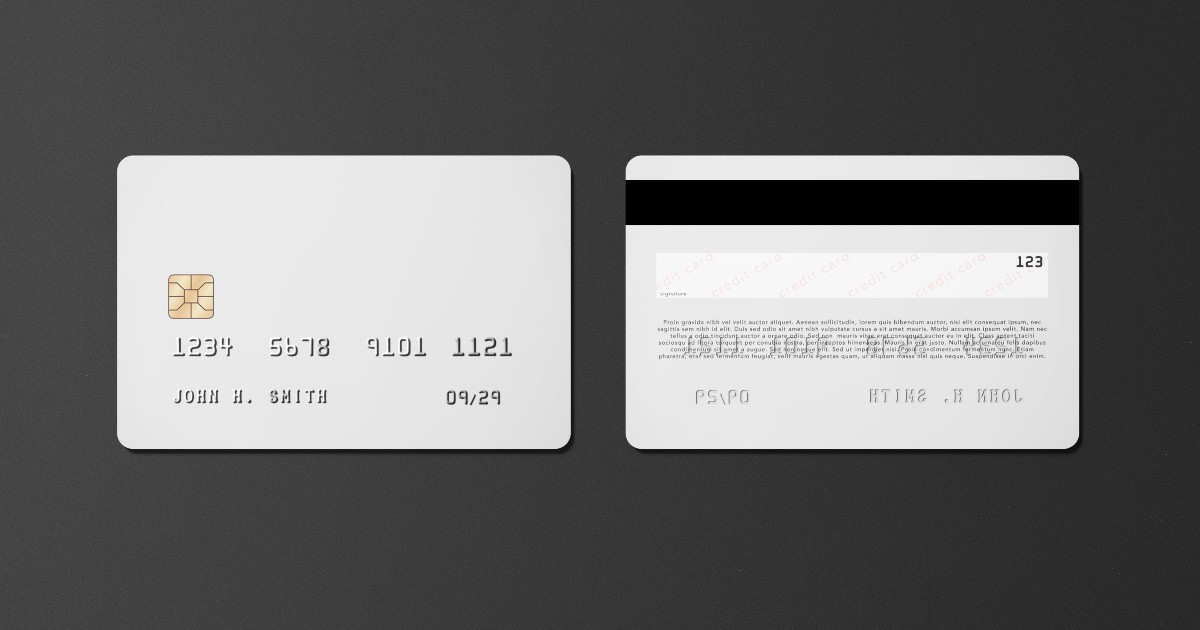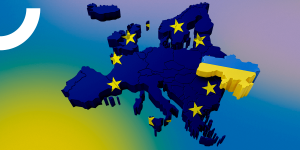
Changing the interchange rate: should you do it during war (spoiler: no) 💳
This column was first published for speka.media on December 15, 2022
In the last 10 months, the news from the frontlines holds almost all of our attention. And this is fair enough, becausewe all our Armed Forces our lives, an ability to work and develop Ukrainian fintech together with our partners and colleagues. However, industrial news did not disappear anywhere. Moreover, at the beginning of December 2022, something happened that could not be missed by any bank or payment service provider.
We are talking about the change in the interchange rate at the beginning of December this year. Now I will try to explain why the changes of the internet acquiring fee during the war are the equivalent of cutting the branch on which the domestic financial system is trying to stand still.
What is an interchange and how does it all work?
Let’s start with a simple one – what’s interchange rate, because then it will become clear why this one concept has such importance. Interchange is an internal fee. You pay it you pay for goods or services.
I will explain with a simple example. You have an online store for tourist staff (that’s not bad for you now, right?). Customers in your store pay with bank card for cooking systems, sleeping bags, tents and other things you need in Kyiv apartments in winter. At the time of payment, the bank that provided you with the payment form on the site pays a fee to the bank that issued the card to your customer. This is an interchange. Its size is about 60-75% of the commission that your business pays to your bank for acquiring — for the same form of payment that your client used on your website.
So, we have an interesting question : why does the customer know nothing about this fee? Very simple: he/she does not see her. When you and your travel business start working with a bank, you sign an agreement. All these nuances are written in it, and there you (the business) pay an amount that is slightly higher than the interchange rate (depends on the bank and the category of your business). You include this indicator in the cost of your travel products when you form prices.
Interchange rates: the essence of the conflict and plans before the war
Anyway, we have two sides.
On the one hand, there are banks and non-bank financial institutions that provide acquiring services, for which a high interchange is beneficial. I, of course, advocate for them, because I work in this field, but I’m capable of doing some objectivity.
So, in addition to the understandable desire to earn more, banks use this fee to buy new and maintain existing POS terminals (physical and virtual, in which acquiring is conducted). But the most important thing is that high interchange ensured the mass emission and maintenance of bank cards. For years, banks have been saturating the Ukrainian market with modern payment cards. Without monthly service fees, but with all kinds of cashbacks, bonus programs, discounts and other loyalty stuff.
On the other hand, we have a business that pays a large interchange fee and therefore earns less. Previously, retail put up with this, because a high interchange stimulated the active emission of bank cards. More cards means more card payments. More card payments means less cash, and therefore savings on collections, more immediate carts and other less substantial benefits. But when the coverage of cards among Ukrainians reached a serious level, the benefit remained only for banks and buyers, not for retail.
So, from the banks’ side, we have a situation where the customer loses cashbacks, preferential credit periods and other bonuses. On the retail side, this customer also receives an increase in prices. In other words, the customer suffers in both cases. That’s why both sides can understand and find a compromise, and it is necessary, because Ukraine is a civilized European country. Such a compromise was found: the gradual reduction of the interchange. It began in 2021 and was supported by the National Bank of Ukraine, Mastercard, Visa and the largest banks. This was the schedule before:
- November 2021 — decrease to the level of 1.2%;
- from July 1, 2022 — up to no more than 1.0%;
- from July 1, 2023 – up to no more than 0.9%.
The first point was fulfilled. But on February 24, 2022, the war began.
Interchange and war: what to do
The war hit everyone. On the one hand, the banks received a decrease in the income of the population and a mass transition to cash, because it’s difficult to pay by card in a store where there is no electricity. On the other hand, an increase in the exchange rate and, accordingly, prices always reduces consumer retail baskets.
During a war or martial law, it’s logical not to make changes in the economy, which is currently holding on not thanks to, but against all circumstances. Further reduction of interchange will not only reduce the number of bank cards (people will cancel all their cards but one, most often it will be salary card), but also reduce the number of non-cash transactions. On the other hand, any increase in commissions will make retail even more vulnerable. It’s a bad thing, because it’s a business that is doing the near-impossible by operating without electricity and with supply disruptions. We will have time for discussion and lobbying of our positions, but it will be a time when there will be no Russian troops on our land.


